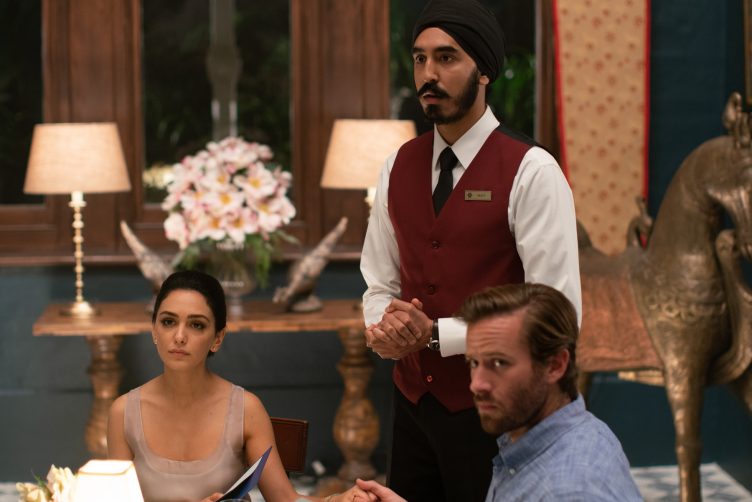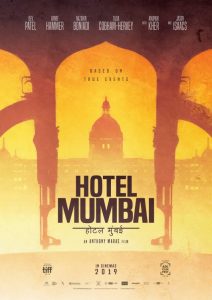The staff and guests of a posh Indian hotel struggle to stay alive during a terrorist assault in Hotel Mumbai.
An Islamic terrorist network based in Pakistan sets out to attack 12 different targets in the heart of Mumbai. Their most audacious objective is the luxurious Taj Hotel and its many wealthy guests. The brainwashed young attackers descend on the facility, armed to the teeth with automatic weapons, grenades and improvised explosives. The startled staff and guests and even the local police are ill-equipped to effectively thwart the determined assailants. Survivors are left with only two bleak options — lay low and hope for a rescue, or find some means of covert escape. Pockets of survivors trapped throughout the building carefully plan their next move, spurred on by the heroic staff and their own will to live.
This is the first great film of 2019. It’s the searingly unforgettable true story of events from November 2008. This isn’t the kind of film that needs to focus heavily on deep character development to establish its footing. The sheer terror faced by those under attack is something that we can all imagine and hope to never have to experience firsthand. It connects with us at a core instinctual level, playing on our own most buried fears. It’s even more impressive that this is the first full-length film from director Anthony Maras. He has the foresight to let the audience’s own emotions carry them through the film in the same way that a good book entices readers to create their own detailed view of its world.
This is definitely not a film for those who are squeamish or who simply don’t like on-screen violence. Maras’s script pulls no punches. It’s extremely, realistically, unforgettably graphic. Think Saving Private Ryan. The downside to this approach, if there even is one, is that the palpable performances from all involved don’t really go much more than skin deep, nor do they need to. To be brutally honest, Dev Patel, Armie Hammer and Jason Isaacs are such recognizable faces that it actually takes us out of the moment, but only briefly. It’s also worth noting that many of the key characters are amalgams of multiple historical figures and their experiences.
It’s the situation that dominates our thinking — not the individual complexities of everyone involved. When you’re on a flight in the grip of heart-stopping turbulence, the stories of everyone else on the plane are irrelevant. Maras clearly gets this and makes us feel every ounce of tension possible from the safety of our seats. He deepens the claustrophobic effect by immersing us in the myriad of challenges presented to each of the remaining survivors.
The actors portraying the terrorists (most notably Suhail Nayyar and Amandeep Singh) deserve the lion’s share of praise. Their cold, disconnected mannerisms are what stoke the fire of our imaginations and our ever-growing ire.
Films like this are why I go to the movies. They expose me to situations that I’m not very likely to ever experience and, through their power, allow me to empathize and connect with, if only marginally, those who lived them.




